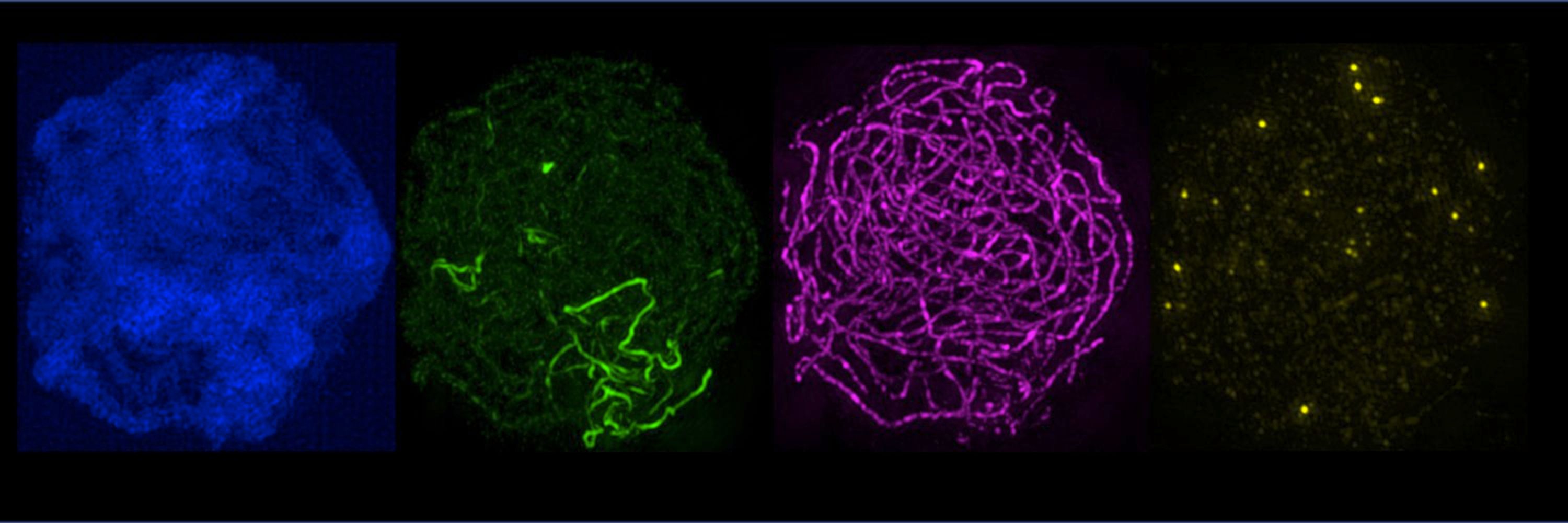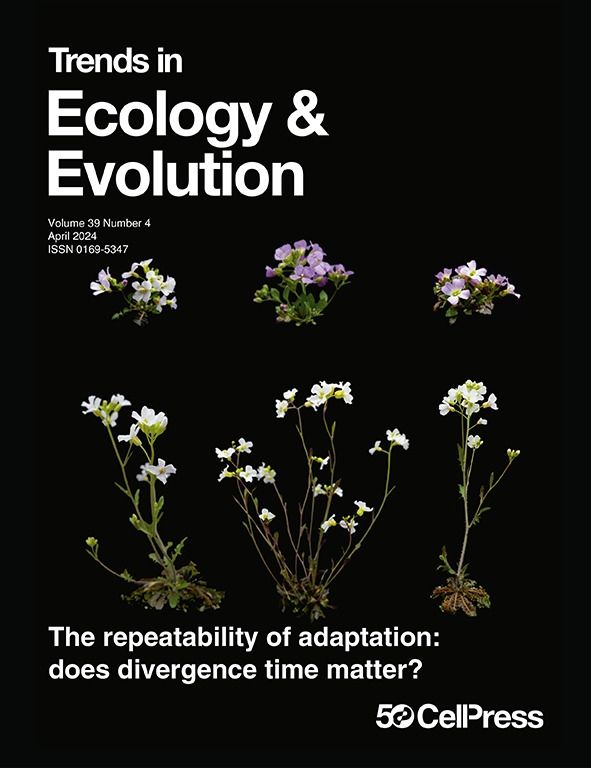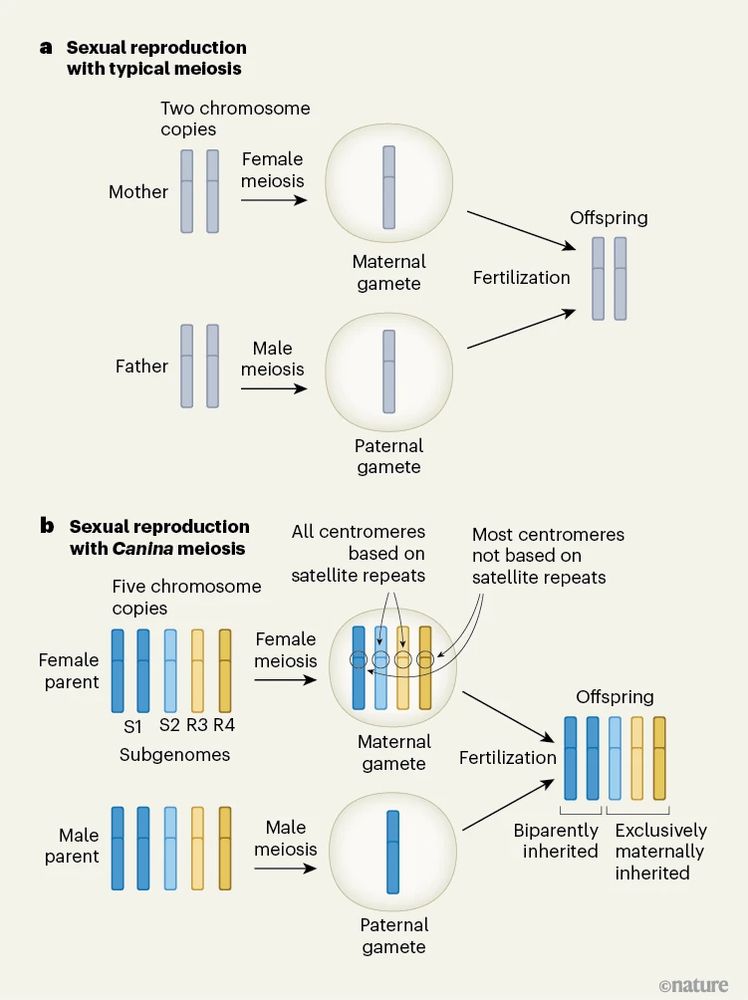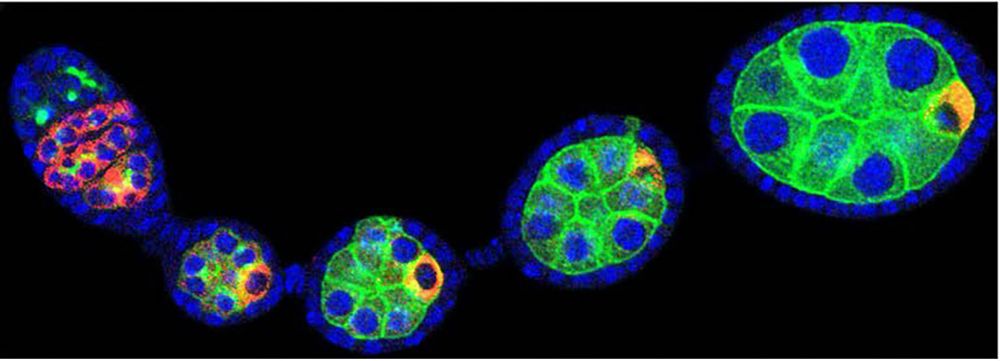Adrián Gonzalo
@adriangonzalo.bsky.social
200 followers
190 following
16 posts
Treasuring exceptions at IJPB (INRAE Versailles). Thirsty for genetics, chromosome biology and evolution.
Posts
Media
Videos
Starter Packs
Reposted by Adrián Gonzalo
Reposted by Adrián Gonzalo
Adrián Gonzalo
@adriangonzalo.bsky.social
· Jun 18
Adrián Gonzalo
@adriangonzalo.bsky.social
· Jun 18
Adrián Gonzalo
@adriangonzalo.bsky.social
· May 23
Jack Bateman
@jbateman01.bsky.social
· May 22

Distribution of haploid chromosomes into separate nuclei in two pathogenic fungi
Nuclei define eukaryotes, enabling macromolecular compartmentalization and cellular regulation. Each nucleus is believed to contain one or more haploid sets of chromosomes (1N). However, we discovered...
www.science.org
Adrián Gonzalo
@adriangonzalo.bsky.social
· Apr 23

Rapid formation of stable autotetraploid rice from genome-doubled F1 hybrids of japonica–indica subspecies - Nature Plants
This study details a process of duplicated (homoeologous) chromosome ‘scrambling’ in newly formed rice polyploids, indicating the possibility of natural ‘allo-to-autopolyploid’ evolution, with implica...
www.nature.com











